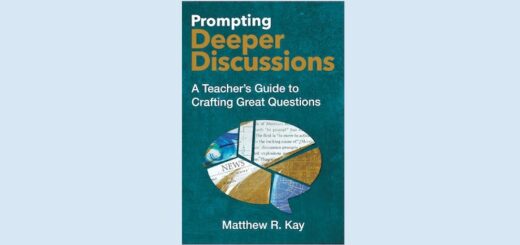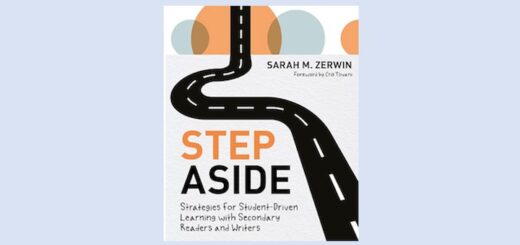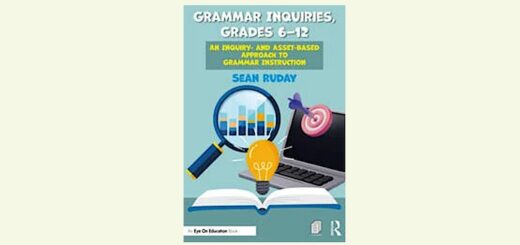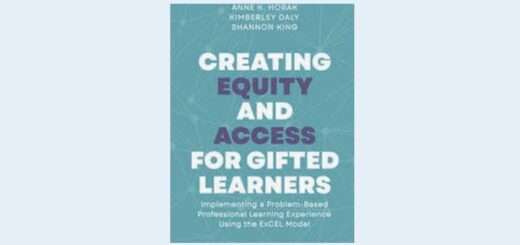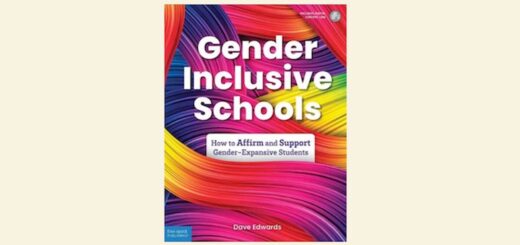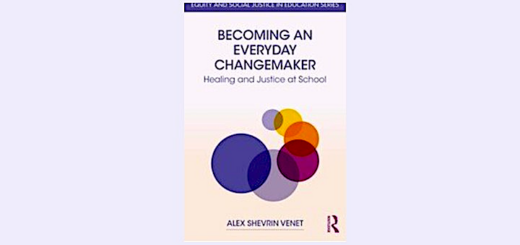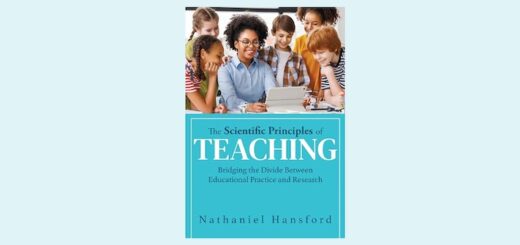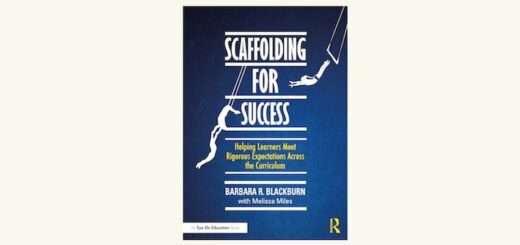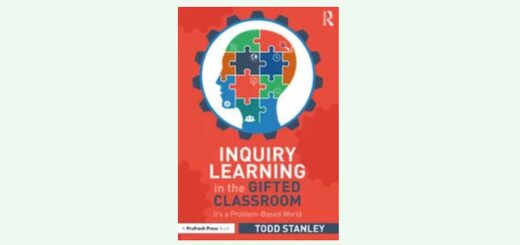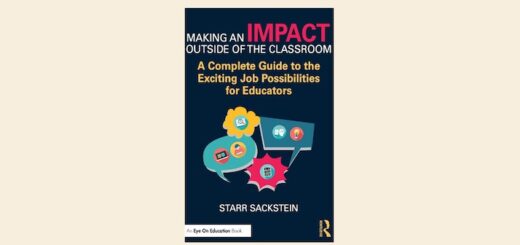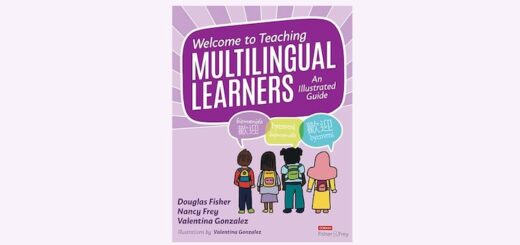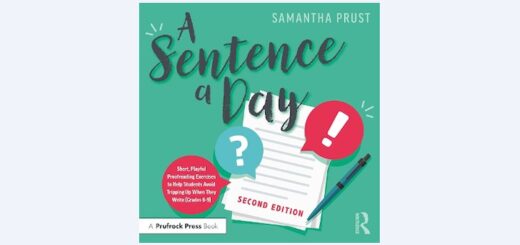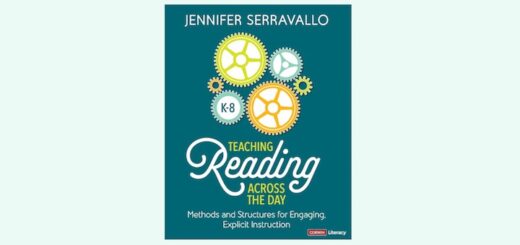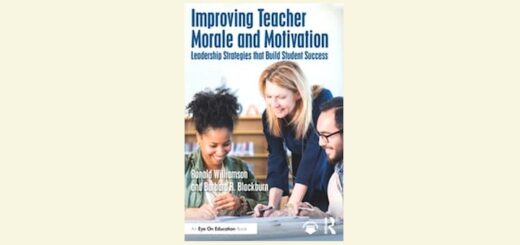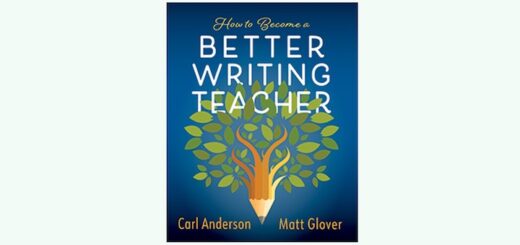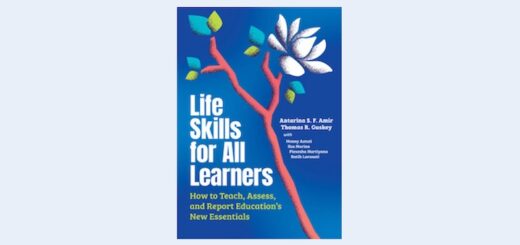Creating a Place Where Kids Feel They Belong
Belonging in School: Creating a Place Where Kids Want to Learn & Teachers Want to Stay. An Illustrated Playbook
By Dominique Smith, Douglas Fisher, Nancy Frey, Vincent Pompei, and Rachael Stewart
(Corwin/Fisher & Frey Imprint, 2024 – Learn more)
Reviewed by Ruth A. S. Miller

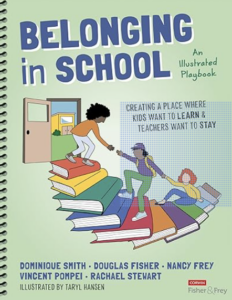
The illustrated, interactive design, complete with essential questions and reflective prompts, engages educators and deepens their understanding of the importance of connection and belonging in a student’s educational experience.
What’s most great about this book is its practicality; each module includes real-world examples, making it easy to see how these strategies can be implemented in your classroom.
The Dimensions of Belonging
Each of the 11 dimensions of belonging is covered in detail, giving educators a thorough understanding of the multifaceted nature of belonging. For instance, one dimension focuses on the physical environment of the classroom. Simple suggestions like displaying student artwork, creating cozy reading corners, and arranging desks to promote collaboration can make a significant difference in assuring the classroom feels inviting and inclusive.
Another dimension emphasizes emotional safety. It’s about establishing a classroom culture where students feel safe to express their thoughts and emotions without fear of judgment. Implementing class agreements on respectful communication and providing regular opportunities for students to share their feelings can foster an emotionally safe environment. This encourages students to take risks in their learning and to be open and honest in their interactions.
The practical playbook offers specific actions tailored to both elementary and secondary levels. For elementary students, morning circle time can be a powerful tool. It’s a time when students can share something about themselves, fostering a sense of community and mutual respect. Activities like “show and tell” or sharing personal stories help students connect and build a sense of belonging.
Peer mentoring programs are a highlight for secondary students. These programs pair older students with younger ones, providing guidance, support, and a sense of connection across grade levels. Peer mentors help new students acclimate to the school environment, offer academic assistance, and serve as positive role models. This benefits the mentees and gives the mentors a sense of responsibility and pride in contributing to their school community.
Building Interaction
The book’s interactive features – like Essential Questions, Two Truths and a Lie, Case in Point, What’s Your Advice?, and What’s Next? – facilitate engagement and reflection. For example, “Two Truths and a Lie” can be used as an icebreaker activity to help students learn interesting facts about each other, fostering a more profound sense of connection. This activity encourages students to share aspects of their lives and personalities, breaking down barriers and building rapport.
The “What’s Your Advice?” section encourages teachers to think critically about how they would handle specific scenarios related to student belonging, enhancing their problem-solving skills. By reflecting on real-life situations and considering various approaches, educators can develop a toolkit of strategies to address issues of belonging in their classrooms.
The playbook’s highly visual illustrated style promotes comprehension and information retention. Charts, infographics, and illustrations throughout the book provide precise visual representations of concepts and strategies, making them easier to understand and implement.
For instance, an infographic might depict the steps to setting up a peer mentoring program, from selecting mentors to training and monitoring the program’s progress. Visual aids help break down complex ideas into manageable, actionable steps, ensuring educators can readily apply classroom strategies.
Getting Students Involved
The book contains practical examples and real-world applications. One standout is the “Student of the Week” program to celebrate individual achievements. This program helps students feel recognized and valued, boosting their sense of belonging. A student is highlighted each week, and the class celebrates their accomplishments, interests, and unique qualities. This makes the selected student feel special and encourages classmates to appreciate and respect each other’s differences.
Another great idea is the “Buddy System,” where new students are paired with a classmate who can help them navigate their new environment, easing their transition and making them feel welcome. Buddies assist with learning the school’s layout, understanding class schedules, and making introductions to other students. This support system can significantly reduce the anxiety and isolation that new students often feel.
What Belonging Looks, Sounds, and Feels Like
Looks Like: Students collaborate and help each other. Classrooms are decorated with student work, diverse posters, and inclusive messages. Students smile, engage in activities, and participate in discussions.
Sounds Like: Positive and encouraging language from both students and teachers. Laughter and lively discussions during group activities. Teachers and students use inclusive and respectful language.
Feels Like: A sense of safety and comfort where students are not afraid to express themselves. Feeling valued and respected as a part of the classroom community.
Benefits for Educators and Students
By utilizing the strategies outlined in this playbook, educators can create environments where students feel a sense of belonging, leading to improved learning outcomes and academic performance. When students feel connected and valued, they are more likely to engage actively in their learning, exhibit positive behavior, and develop strong social-emotional skills.
For educators, fostering a sense of belonging can lead to greater job satisfaction and reduced turnover, as teachers feel more connected to their students and school community.
A sense of belonging enhances students’ intrinsic motivation, leading them to take ownership of their learning and pursue their academic goals more enthusiastically. Furthermore, when students feel their teachers care about them and their success, they are more likely to seek help and participate in class.
In conclusion, Belonging in School is invaluable for educators committed to creating inclusive and supportive school environments. The authors present a compelling case for the importance of belonging in education and provide a wealth of practical tools and strategies to help schools achieve this goal.
Focusing on both students and teachers, the book offers a holistic approach to creating schools where everyone feels valued and motivated to succeed. This is a must-read for anyone looking to foster a positive and inclusive school culture that supports the well-being and success of all its members.
Ruth A. S. Miller is a National Board Certified Teacher Candidate and a dedicated 6th grade ELA teacher in Southern Maine. She has her Masters in Literacy (K-12) and Bachelors in Elementary Education (K-8). She serves as her school’s Student Council Advisor, Facilitator of the Literacy Program for Parents and Students, and Mentor.
As a lifelong learner, Ruth is an active member of the Maine Council of English Language Arts (MCELA), collaborating with her peers to meet the needs of all students. She encourages her students to share her classroom library, with historical fiction being her favorite genre. Ruth believes there is no better way to teach future leaders about history than through literature.










